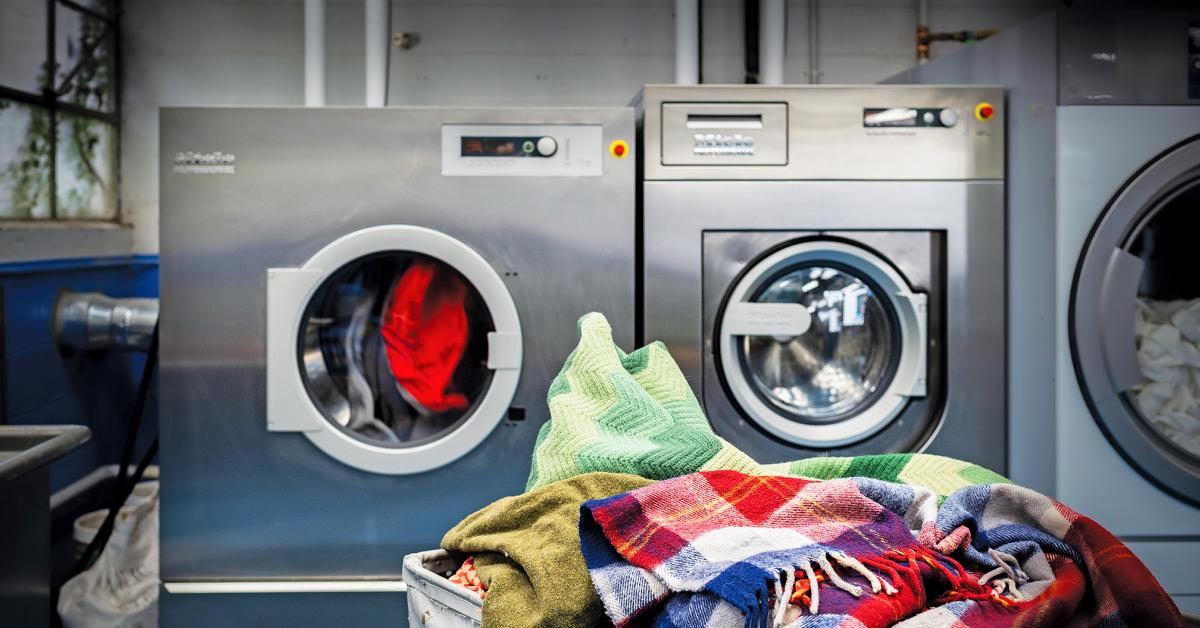CHICAGO — Over the decades, dry cleaning hasn’t always had the best reputation when it comes to its ecological impact. While harmful chemicals have been largely phased out in recent years, the industry is still working to redeem its image and a new breed of cleaner is leading this charge.
When Catherine McCann and her husband, Tim, purchased upstate New York-based Best Cleaners in March 2005, for instance, they wanted to make sure their ecological footprint was as small as possible.
In Part 1 of this series, we looked at some of the bigger steps the couple took when it came to making environmentally friendly decisions, including using new equipment and different solvent solutions. Today, we’ll finish by examining some of the smaller, yet fundamentally important, actions they’ve taken.
Everyday Solutions to Ongoing Issues
Sometimes, it’s the little things that make a difference when added up, such as paper use.
“We don’t give our clients receipts at the front end or the back end,” McCann says. “We don’t use flag tags or staples. It’s really important in the office — we don’t print things and hand them out anymore. We share things through Google Documents. We’ve changed our hiring practice so that we don’t have 20 pages that the employee has to sign in the beginning — it’s all online now. We use everything in the system we can to get rid of paper.”
Other green changes have lessened Best’s footprint while still improving the company’s processes.
“We’ve changed the lighting in all our stores, offices and plants to LED lighting,” McCann says. “This has also improved the lighting factor for the spotters, inspectors and pressers, so they have more than enough illuminations.”
“We also use evaporators and other tools so that we have zero waste on our cleaning systems,” says Conklin, “especially for the drycleaning machines.”
Maintaining Equilibrium
When there is waste generated in the process of operations, Best takes the responsibility for its removal seriously.
“We have always paid for companies like Safety-Kleen to pick up our remnants or the little bit of waste we do have because, even though it’s eco-friendly, we want to make sure we can show that we took care of everything,” McCann says.
Best Cleaners makes sure that its green mindset carries over to everything in the company.
“Nothing hits the bin around here,” McCann says. “We recycle everything to different venues. So if it’s scrap metal or lumber, we’re going to make something new out of it. If it’s donated garments, we’re going to clean them and get them to a place that will reuse them and won’t resell them. We don’t enter anything into a system that needs to be taken care of, thrown in a dumpster or needs to be sold to someone else.”
Conklin says one of the challenges in maintaining an eco-friendly cleaning business is that, sometimes, you have to blaze new trails.
“Half the challenge as new equipment and technology has come out is training,” she says. “It’s new to everyone, and sometimes there are not a lot of resources.”
“It depends where you are,” McCann says. “I’m sure if you’re in San Francisco, there are more options for products and services than there are in upstate New York.”
Changing Perceptions
The drycleaning industry usually hasn’t been seen in its best light when it comes to the environment. “For the past 20 years, the biggest question is, ‘Do you use perc?’” Conklin says.
Perchloroethylene was officially characterized as a “likely human carcinogen” by the EPA in 2012, and has long been classed as an environmental hazard. Many dry cleaners have been using more earth- and health-friendly alternatives for years, but the stigma is difficult to shake.
“It takes a long time to change that perception,” says Conklin, “but it is changing.”
McCann hopes that companies like Best Cleaners can help to make that change in consumers’ minds happen more rapidly.
“When the media talks about dry cleaners and garment care professionals, it’s usually about how they’re ‘polluting the Earth with perc,’” McCann says. “Best Cleaners has never used perc — not for one day. When dry cleaners get in the news, though, it’s usually because they’ve had a problem, not because they’re good stewards of the Earth like we are.”
For Part 1 of this series, click HERE.
Have a question or comment? E-mail our editor Dave Davis at [email protected].










